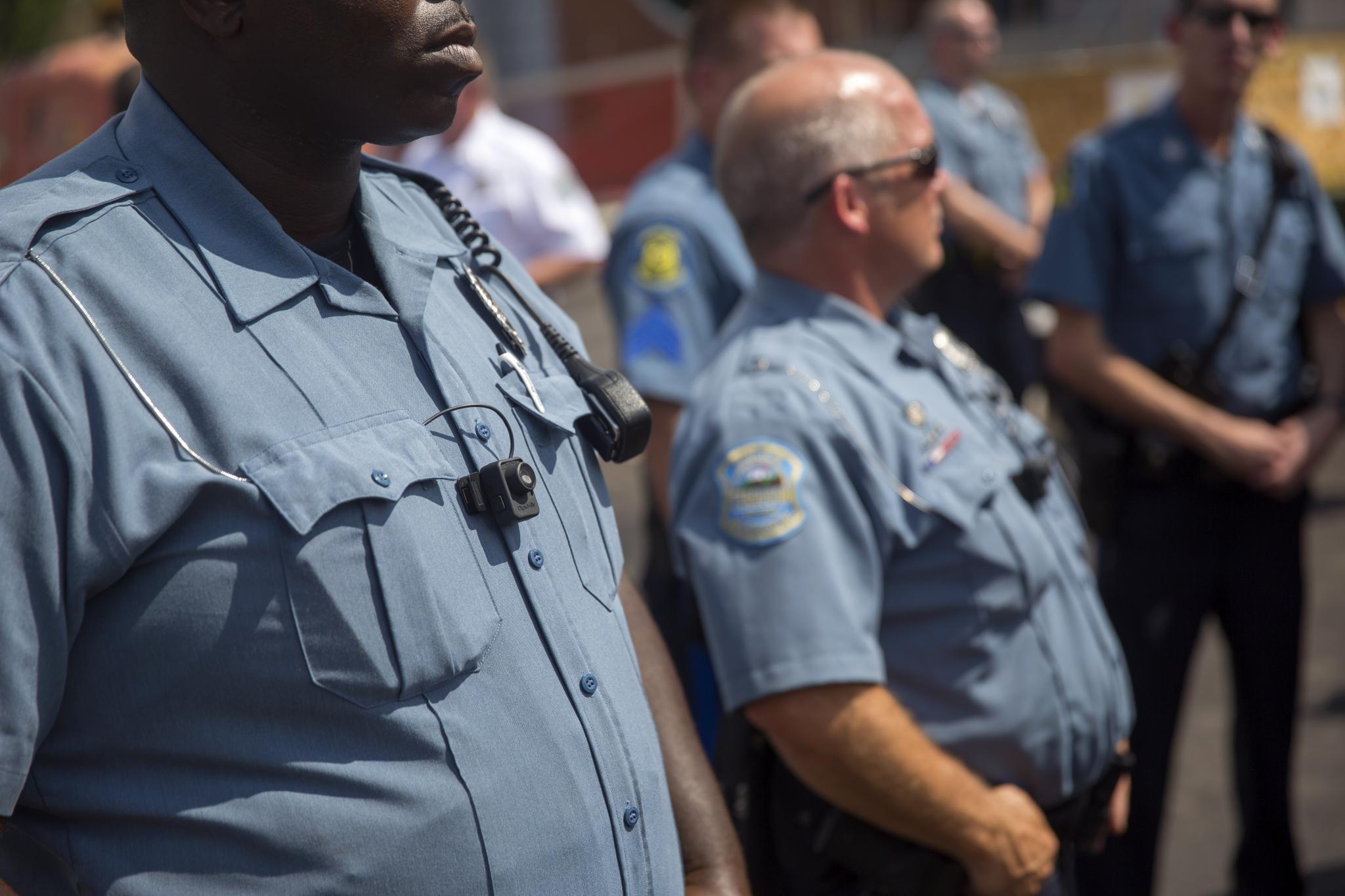
The Department of Justice released a 164 page report on the practices of law enforcement in the Baltimore Police Department yesterday. Overall, the DOJ found the department is steeped in unconstitutional methods of policing. Here are ten of the most shocking revelations.
1. BPD Officers Are Not Equipped To Do Their Jobs Well
From lack of adequate training, supervision, data collection, to accountability systems, the DOJ finds that officers in the BPD have not been equipped with the tools needed to police effectively.
2. 300,000 Pedestrian Stops Reported From 2010-2015, But Most Lack Reasonable Suspicion
The report finds that departmental supervisors encourage and instruct officers to make frequent stops and arrests despite little or no reasonable suspicion visible. Of the 300,000 pedestrian stops reported in five years, 44% of all those arrests were concentrated in two predominantly Black districts in the city.
3. BPD Disproportionately Stops African-American Pedestrians
In reviewing the data, the DOJ discovered one African American man in his mid-fifties was stopped 30 times in less than 4 years. Not one of his 30 stops resulted in a citation or criminal charge.
4. There’s a Stark Contrast in Perception Of Community Policing in Black Communities vs. White Communities
The report refers to this as “two Baltimores” — whereas wealthy, largely white communities saw officers as “respectful and responsive to their needs”, in impoverished and predominately Black communities, officers tended to be disrespectful. Black communities members often felt “they were subjected to unjustified stops, searches, and arrests, as well as excessive force.”
5. BPD Systematically Under-Investigates Reports Of Sexual Assault
“BPD detectives rarely, if ever, seek to identify or interview suspects and witnesses, even in cases where they are clearly identified by the woman reporting the assault,” the report said. “In addition, BPD investigative policies and practices significantly undermine the quality, effectiveness, and fairness of BPD’s response to reports of sexual assault, making it more difficult to uncover the truth when sexual assault allegations are made.”
WANT MORE FROM ESSENCE? Subscribe to our daily newsletter for the latest in hair, beauty, style and celebrity news
6. Insider ‘Blue’ Code Of Silence Is Real
Inside department culture discourages officers from reporting misconduct of other officers. Moreover, supervisors are discouraged from following through on internal probes of officers who violate civil or constitutional rights of residents.
7. BPD Conducts Unconstitutional Strip Searches
DOJ discovers BPD has a practice of conducting full-spectrum strip searches prior to an arrest (and in public at that). In one interview with a Baltimore resident, they spoke to a woman pulled over for a routine traffic stop. BPD searched her anal cavity on a public sidewalk. Police found no weapons or drugs on the woman. They issued her a traffic violation and set her free.
8. Large Racial Disparities In BPD’s Arrests For Drug Possession
Blacks are arrested for drug possession at five times the rate of other groups, despite data showing Black people use drugs at the same rate as other racial groups.
9. BPD Uses “Excessive” And “Unreasonable Force” On Juveniles And The Mentally Disabled
The same aggressive tactics used against adults are used in the handling of juveniles, people who present little or no threat or danger and people with mental illness and intellectual disabilities. Furthermore, they find “BPD has failed to make reasonable modifications in its policies, practices, and procedures to avoid discriminating against people with mental illness and intellectual disabilities.”
10. The Constitutional Violations Of The Department Run From Top To Bottom
The DOJ identifies “systemic deficiencies” and “systemic accountability failures” as the root and cause of many of the shortcomings of the department. Simply put, the ills of the department are so pervasive that a total reform is needed in order to restore the dignity, civil and constitutional rights of Baltimore residents and law enforcement.